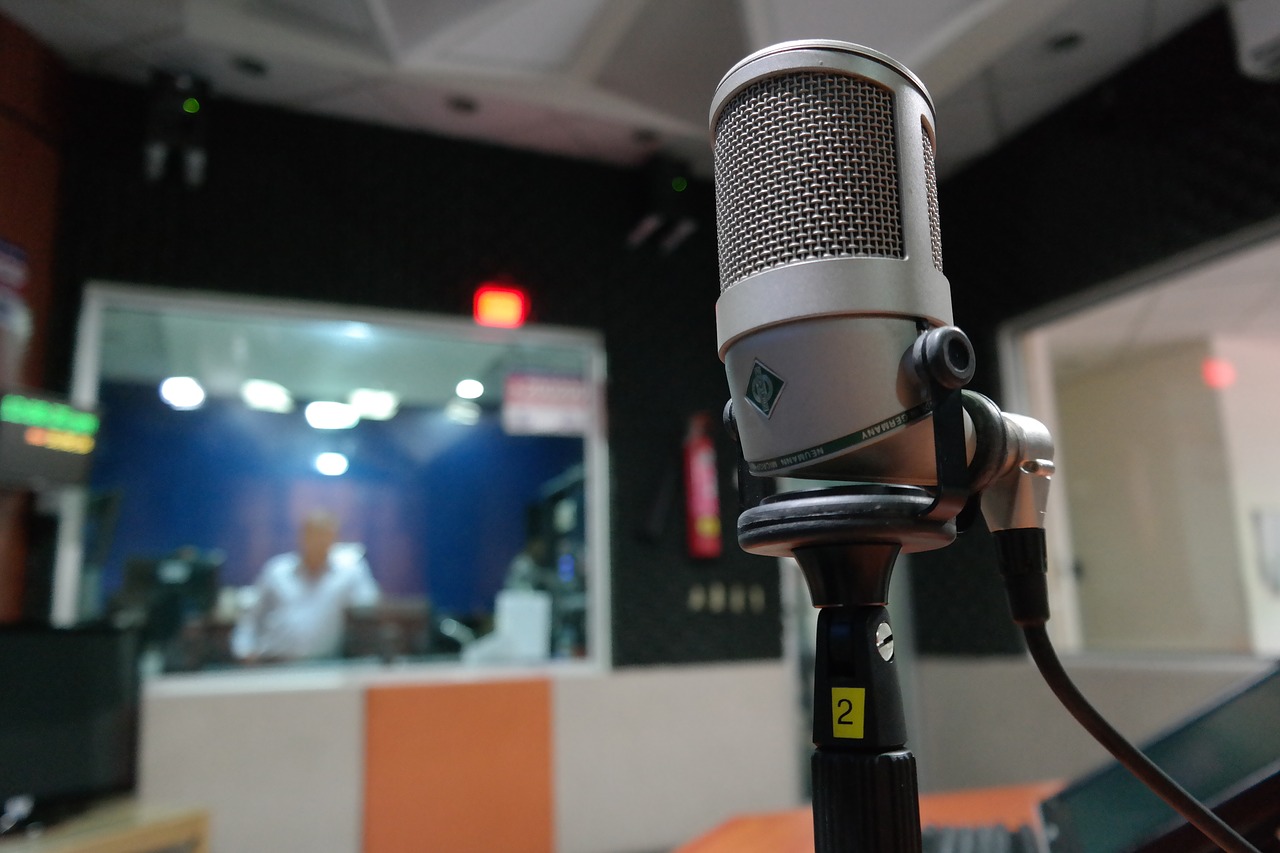Brands are exploring audio branding, and media look at podcasts to enrich their content portfolio. But don’t ask them for audio news.
Podcasts are growing all over the world, and native English-speaking markets such as the US, UK and Australia report significant penetration rates. As Voxnest data reveal, the trend is rapidly developing in Spanish-speaking regions, while in Italy there are about 2.7 million frequent podcast listeners, a community that tripled over the last three years (data source: Nielsen per Audible survey).
Conversely to other geographies, in Italy podcasts are listened to at home (66% of interviewees), while driving (28%) or travelling on public transports (18%), at work (9%). Music contents are particularly appreciated (45%), together with news (36%), entertainment (28%) and research (28%) programs. Language classes (20%) are enduring.
If some companies are already leveraging branded podcasts and sound storytelling, the opportunity is really appealing for traditional media, continually seeking for innovations to fight printed papers decline and compete in the digital arena, possibly with a profitable and sustainable business model.
Media groups approach podcasts from a slightly different perspective than brands. Let’s consider usage habits first: smarphones are the preferred devices, but podcasts consumption is far from video immediacy and speed. People are likely to spend time and dedicate a certain degree of attention to podcasts, so it is possible to develop 25-30 minutes products, fitting for instance the commuting time of most urban workers.
The US experience shows that under 40s like podcasts, but even educated, affluent over 55s do – in the US, podcasts are booming among Afroamerican women, Michelle Obama style. This makes the product less interesting for a brand addressing Gen Y or Z, but more rewarding for organizations chasing an audience looking for quality contents, and willing to pay for them.
Among media successfully using podcasts there are New York Times (The Daily) and Washington Post (Post Reports). If you want audio daily news, you will be disappointed: both offer a daily 20 minutes product focused on one or two main stories. The first is published in the morning and has a male host, while the second comes in the late afternoon with a female voice, same as Today in Focus by The Guardian.
Creating ad hoc products, and not limiting to the audio version of printed or online news, is also the winning strategy of La Repubblica and Corriere della Sera in Italy. After the positive outcome of Dentro la Notizia, Rep:Digest and Super8 series, La Repubblica sped up with Veleno, a 7-episode crime inquiry about the events happened twenty years ago in Modena, dealing with a satanist, pedophilic cult. Corriere della Sera started last year with Racconti mondiali, a series about world soccer championship, and has recently launched Solferino28, ten 30-minutes episodes around great historical anniversaries.
Some of these contents are made available for free, but the real challenge for media is how to leverage podcasts to enrich their editorial portfolio with quality products, hopefully containing the leak of paying readers and subscribers.




